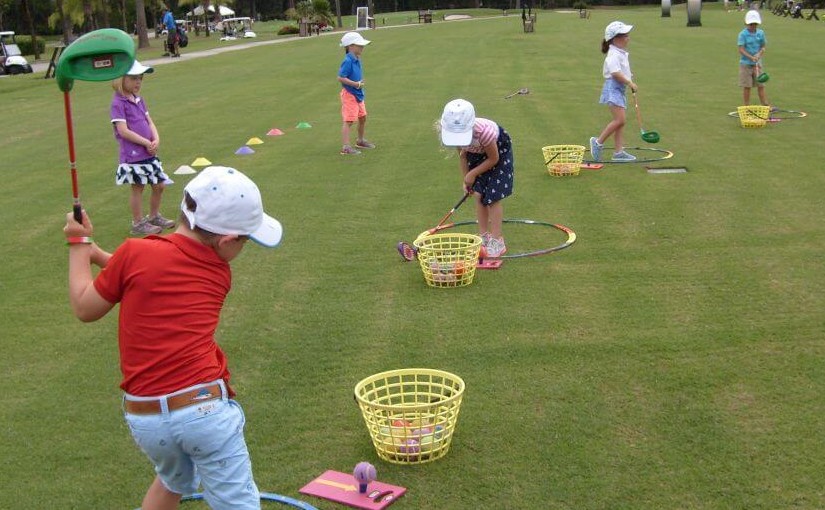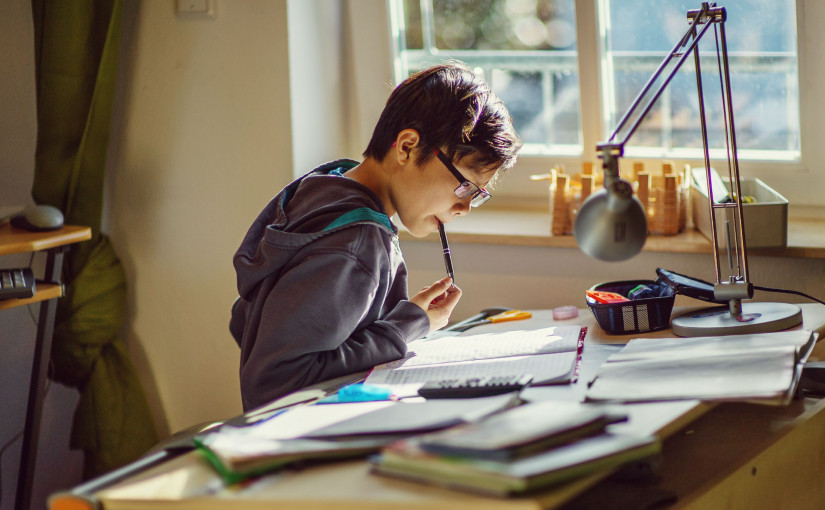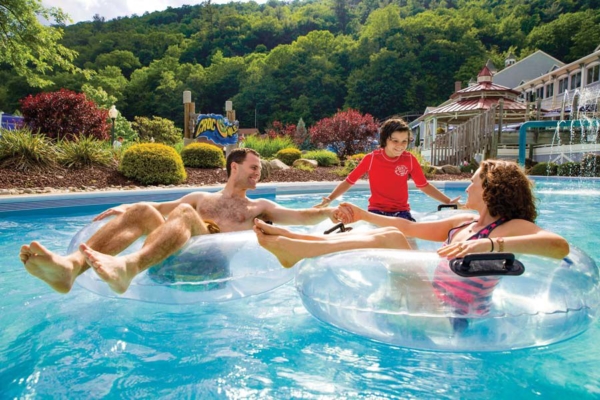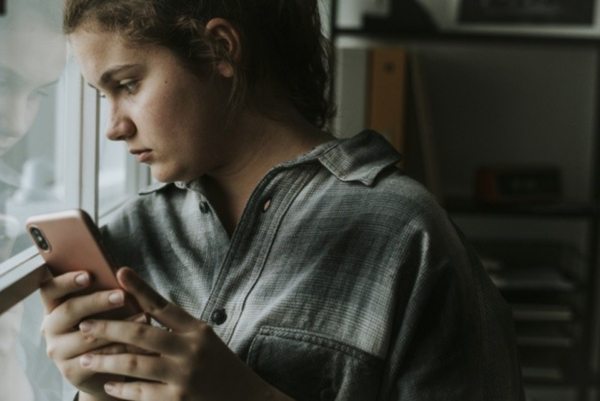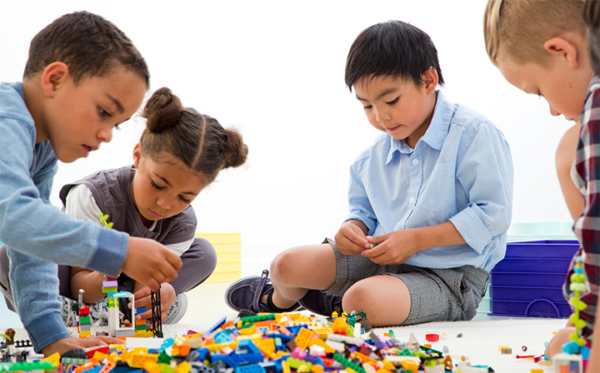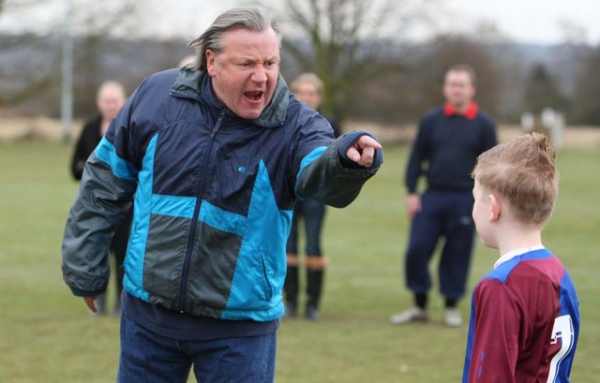Golf Provides Competition & Great Opportunities To Teach Life Lessons
There are plenty of people unable to take part in their favorite sports right now. Be it playing or watching on TV, sports has always been a way for millions of Americans to escape everyday life for a set period and concentrate on nothing but the action and competition. With team sports being one of the first and longest-standing victims of the Covid-19 pandemic, getting a sports fix in has become hard. One sport that has survived – and perhaps even thrived – is golf, where the solitude of the game makes it just about as socially distant an activity as there is.
Golf is a great sport for kids to learn because of the values the game teaches and because it is something that can be played well into the swansong of life, unlike sports that end after high school, college (football), or when the athleticism fades (basketball/soccer). Here are a few tips on getting kids onto the course and teaching them a vital life skill that will set them up nicely for whatever is around the corner in 2021
It must be fun
Golf is hard. In a world where attention spans and patience have basically been culled in the youth of today, getting them to concentrate on anything – let alone something as difficult is golf – can be a challenge. The way around this is to make it fun. The main way to make it fun is to introduce the game early – think those big plastic clubs and oversized balls – and just let them have at it. Don’t get too critical if they are in their teens and their stance is a little off. Instead, just let them experiment and see what they can do. Adding in a trip to a Top Golf or any similar competitor is also a great idea as these venues are literally designed to be more fun than serious.
The equipment must be right
Golf equipment can be expensive enough for an adult that has finished growing and will be able to hang on to a set of clubs for a decent length of time. With kids, the cost can be much worse because as they grow their club size needs will change. While getting something thy can grow into sounds good on paper, it is problematic in the short term when they cannot use the clubs properly. Don’t feel like you need to keep getting brand new sets either, however, as Facebook Marketplace is littered with sets other kids have grown out of and they often only have minor wear and tear. Also get your kid some fun balls to hit and let them pick out their own accessories to make it even more likely they will fall in love with the sport under your role as a vital mentor.
Always get a cart
While the benefits of walking the course are endless you may as well forget about it with kids in tow. For one the course length is a huge challenge for younger kids to take on and for two, well, what kid doesn’t love the experience of riding with a parent in a golf cart? This is a no-brainer of a choice to increase the day’s fun for you both.
Focus on them
This can be the hardest trick of all considering how every trip to the course should be seen as a chance to get better. When going with your kids, however, it just has to be all about them. This is not going to be your typical round to relax your life – it might actually add to the stress if your child is not having a good round – but it will be worth it in the end. Sure, hit some balls and play along, but spend your time helping out with questions and just enjoying your growing relationship with your child.
Article By Vital Guidance

